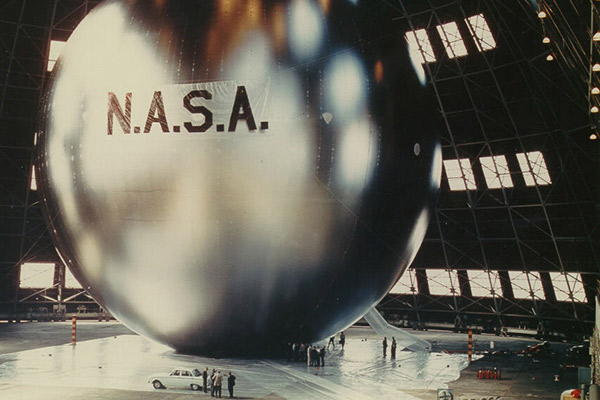From the Earth to the Moon: Vintage NASA Photographs
Since the start of space exploration, cameras have been an elemental carry-on for extraterrestrial voyages, on both manned and unmanned spacecraft. According to Hasselblad, at least twelve Electronic Data Cameras of their manufacture rest on the surface on the moon, taken into space by astronauts and later shed for their weight. The film they contained was brought back to Earth for developing, but despite the wondrous quality of the photographs, many were kept for decades at NASA’s archives, available only to specialized researchers. Many remained heretofore unpublished. Now a wealth of photographic gems from the early decades of space explorations is on view at Bloomsbury London in From the Earth to the Moon: Vintage NASA Photographs, where the over six hundred vintage prints will be auctioned on February 26. The expansive lot includes photographs spanning the Mercury, Gemini, and Lunar Orbiter as well as the famed Apollo missions, and features a vintage gelatin-silver print of the “first photograph from space” from 24 October 1946, taken by a 35-mm camera developed by Clyde Holliday and fitted on the 13th V-2 missile launched from the New Mexico desert. Vintage color prints of astronauts floating in space on EVA (extravehicular activity) from the Gemini 11 and 12 voyages are particularly stunning, as are the collages of lunar craters, mosaics of black-and-white photographs arranged into one “panoramic” view. As Sarah Wheeler, head of photographs at Bloombury Auctions, said, “these photographs are more than merely documentary, many are simply sublime.”

























